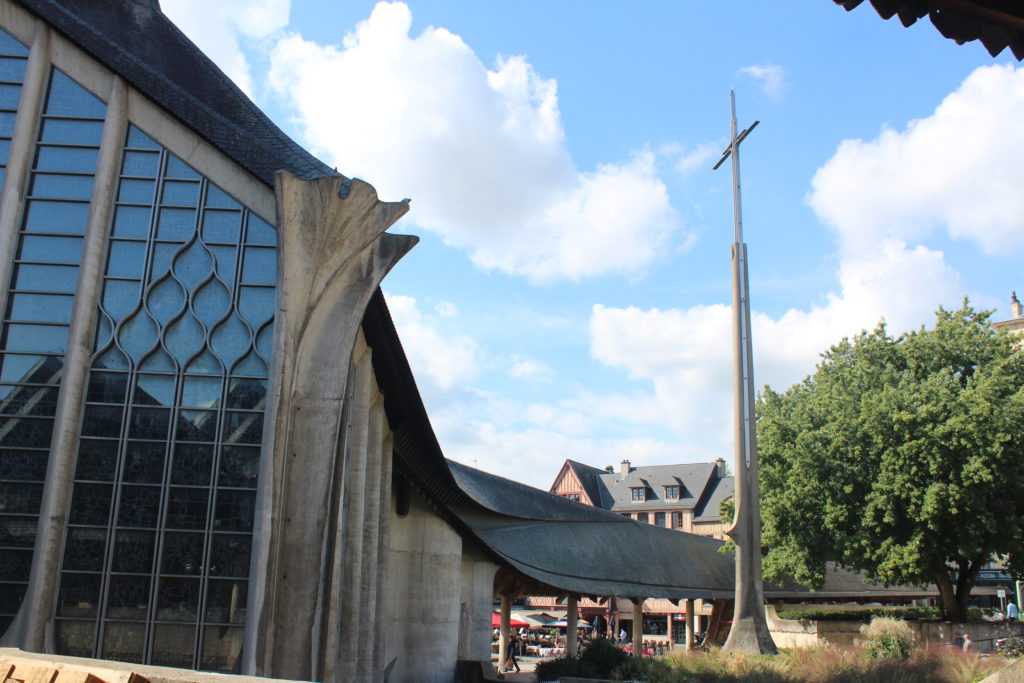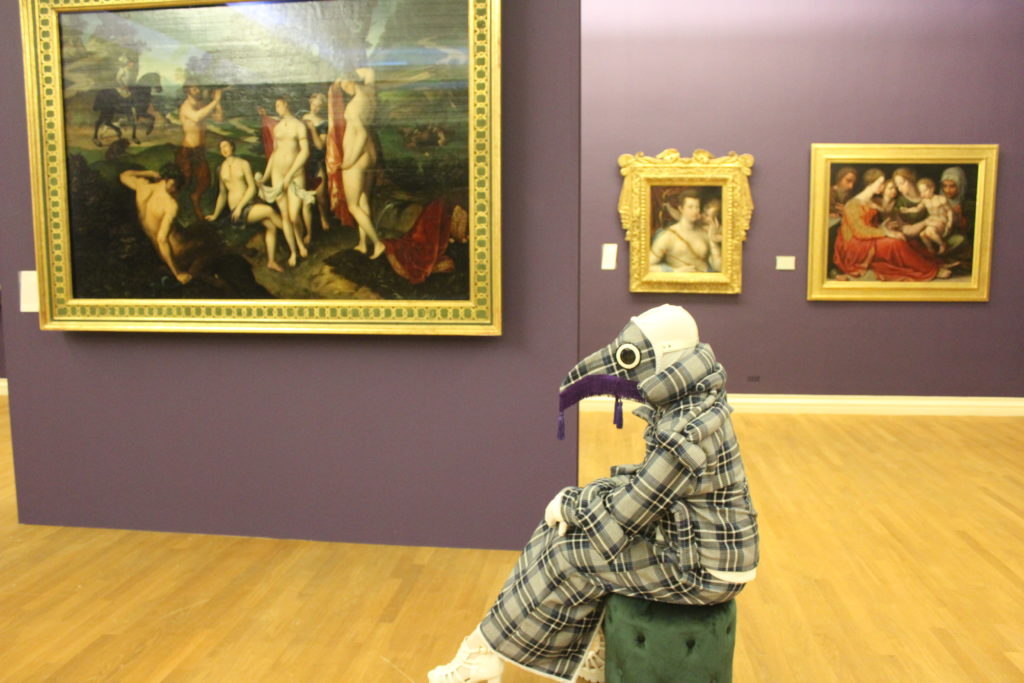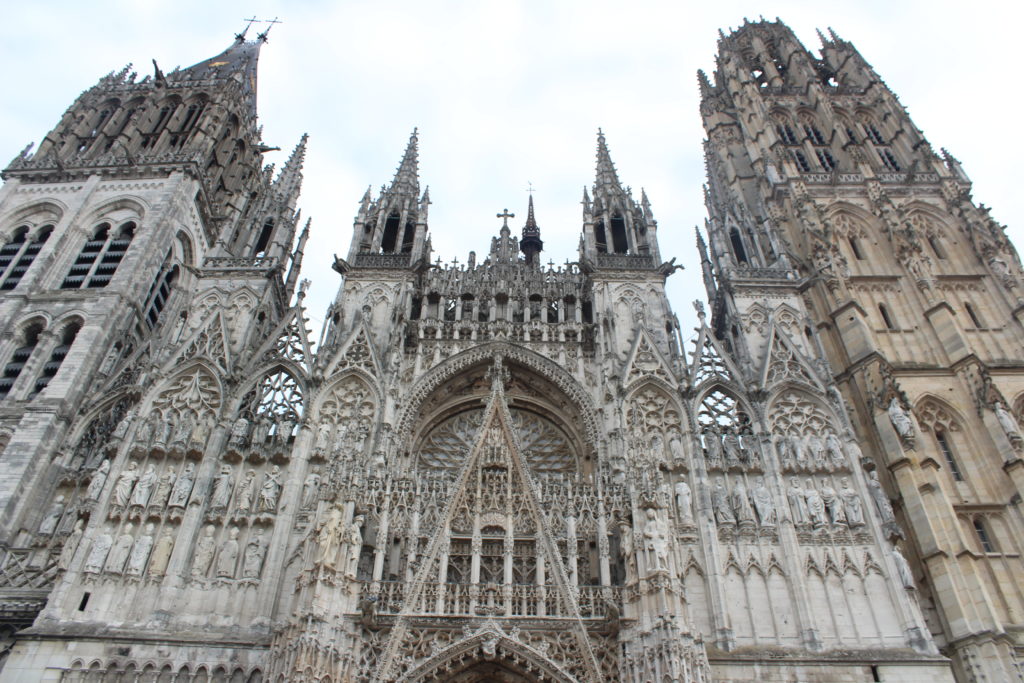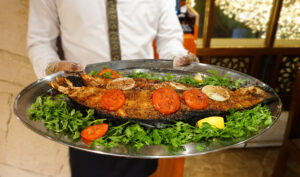Our virtual road trip has come to an end. At least, for now that is. I fully intend on exploring more of this beautiful country in the coming year, but as of right now, this is our last stop. So far we’ve explored northern France with a visit to Amiens. We’ve made our way through the south with stops in Orange, Avignon, Nîmes, and Lyon. It’s now back to the north for a visit to the city of Rouen.
A Norman City
That heading might be a bit misleading, as Rouen was actually founded by the Veliocasses, a Gallic tribe that settled in the lower Seine valley around the second century BCE. The city became a part of the Roman Empire with the conquest of Gaul, but after the Empire collapsed, Rouen became a capital city of the Franks. It wasn’t until the 9th century that the Normans finally arrived, and when they did, they made Rouen the seat of the Dukes of Normandy. William the Conquerer later moved his court to Caen, but for several hundred years, Rouen was the heart of Norman territory. It wasn’t until 1204 that King Philipe Augustus annexed Rouen to France, thus ending Norman control of the city.
The Fate of a Young Woman
Today, Rouen is arguably most famous as being the location of the trial and execution of Joan of Arc during the 100 Years War between England and France. Rouen, and the region of Normandy more generally, played a pivotal role in this war. Nearly all of Normandy, Mont St. Michel being the lone holdout, fell into English hands at one point or another between 1337 and 1453. Rouen in particular became the centre of English power in France. Joan of Arc was a young peasant girl who claimed that God had personally commanded her to drive the English out of France. She began rallying the French troops and boosting morale, but she was captured in battle in 1430. She was then sold to the English and brought to Rouen where she was imprisoned.
Joan of Arc’s trial began on January 9th, 1431, and she never stood a chance. The trial was headed by Pierre Cauchon, a staunchly pro-English bishop, and the proceedings were both politically and religiously motivated. However, court records reveal Joan to be remarkably well composed throughout the trial. She was an illiterate peasant, and yet she managed to avoid the scholarly traps set for her throughout her questioning. But it was not enough to save herself. Joan of Arc was found guilty of heresy and condemned to death. She was executed on May 30th, 1431 at the age of 18 or 19.

Today, there are many monuments to the life of Joan of Arc in Rouen. The St. Joan of Arc’s Church now stands on the site of her execution, and a large cross marks the exact location where she was burnt at the stake. The church itself is a beautiful contemporary building, and the ceiling in particular is a gorgeous structure of soaring wooden beams. There is also the Joan of Arc Historical, which is an incredible experience. This exhibition is located in the actual building where the trial was held in 1431, and it uses the real testimony and trial records to tell Joan’s story. Actors projected onto screens bring history to life as you move from room to room, and lighting and sound effects fully immerse you in the trial and its outcome. It was an extraordinary way to experience history.

A City of Churches
Rouen is also famous for its churches. Notice the plural on the word churches, because Rouen certainly has a lot of them. The largest and most famous is the spectacular Rouen Cathedral, the tallest cathedral in France. But there’s also the Saint-Ouen Abbey Church, the Église Catholique Saint-Maclou, and the Église Saint-Nicaise de Rouen. And that list is far from all of them. I felt like every time I turned a corner, there was another magnificent church waiting to be discovered.
All the Offerings of Rouen
I went to Rouen specifically for Joan of Arc. But I left having fallen completely in love with the city as a whole. The medieval downtown is filled with postcard perfect streets of cobblestone roads and half-timber buildings. The architecture in the city as a whole spans the centuries. And there are countless Norman delicacies to try. My personal favourite is a liqueur called pommeau. Highly recommend! And finally, the Musée des Beaux-Arts has an extraordinary collection of Impressionist paintings on display. It also has contemporary works of art that keep watch over the more classic pieces. Don’t know what I mean by that? Let’s just say that the seated figure below is not a museum-goer with a rather out there sense of fashion. I love this city.

Laura Moore is a professional storyteller who loves history and the many stories that make Paris one of the most fascinating cities in the world. Join one of her signature tours to learn the story of a city.




